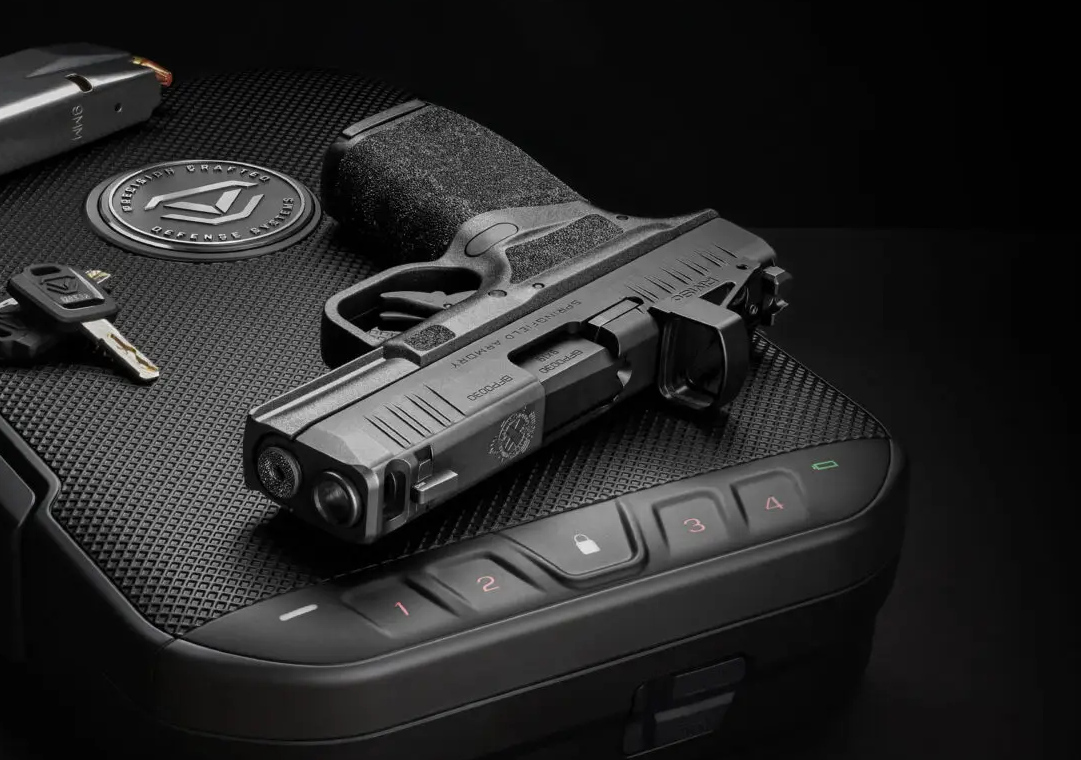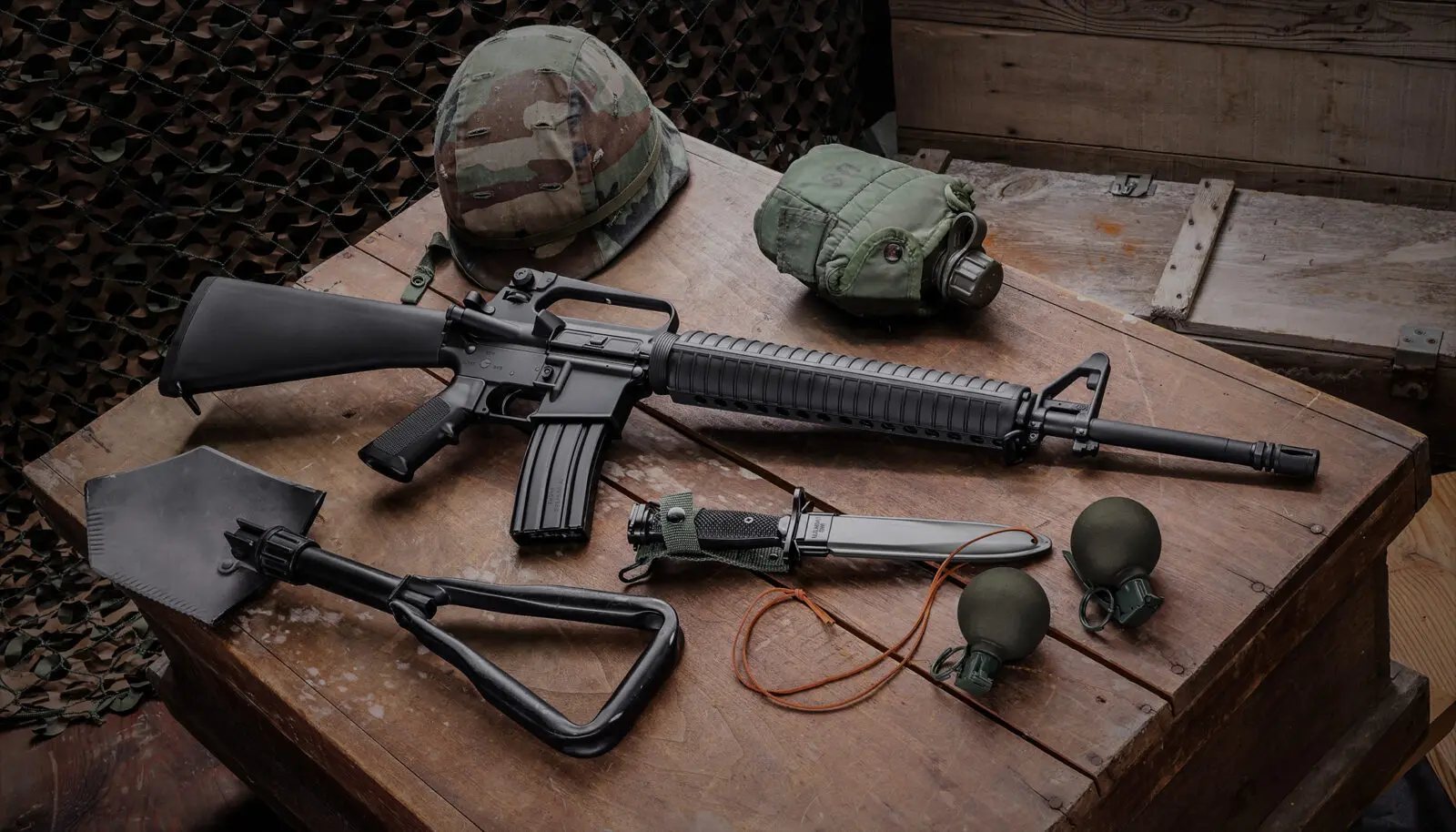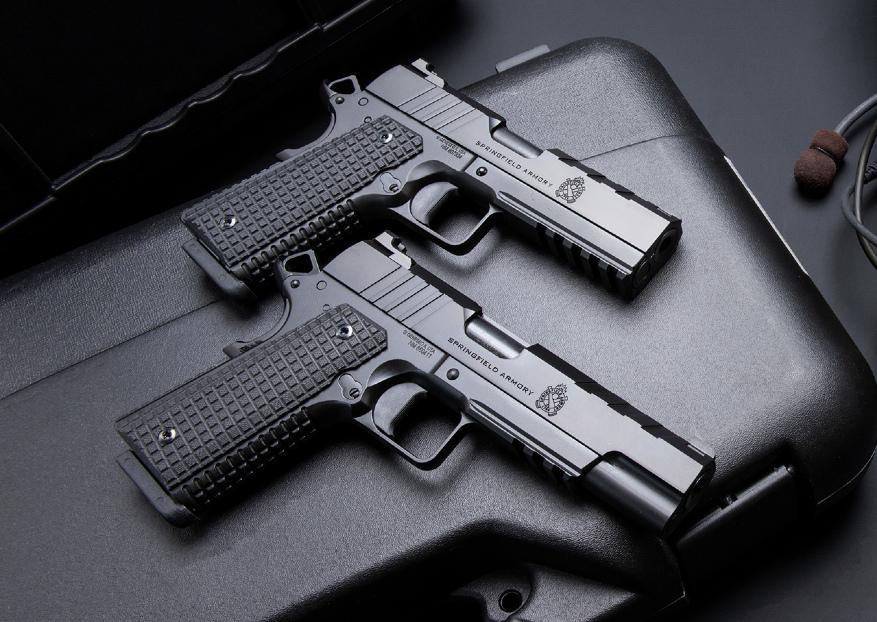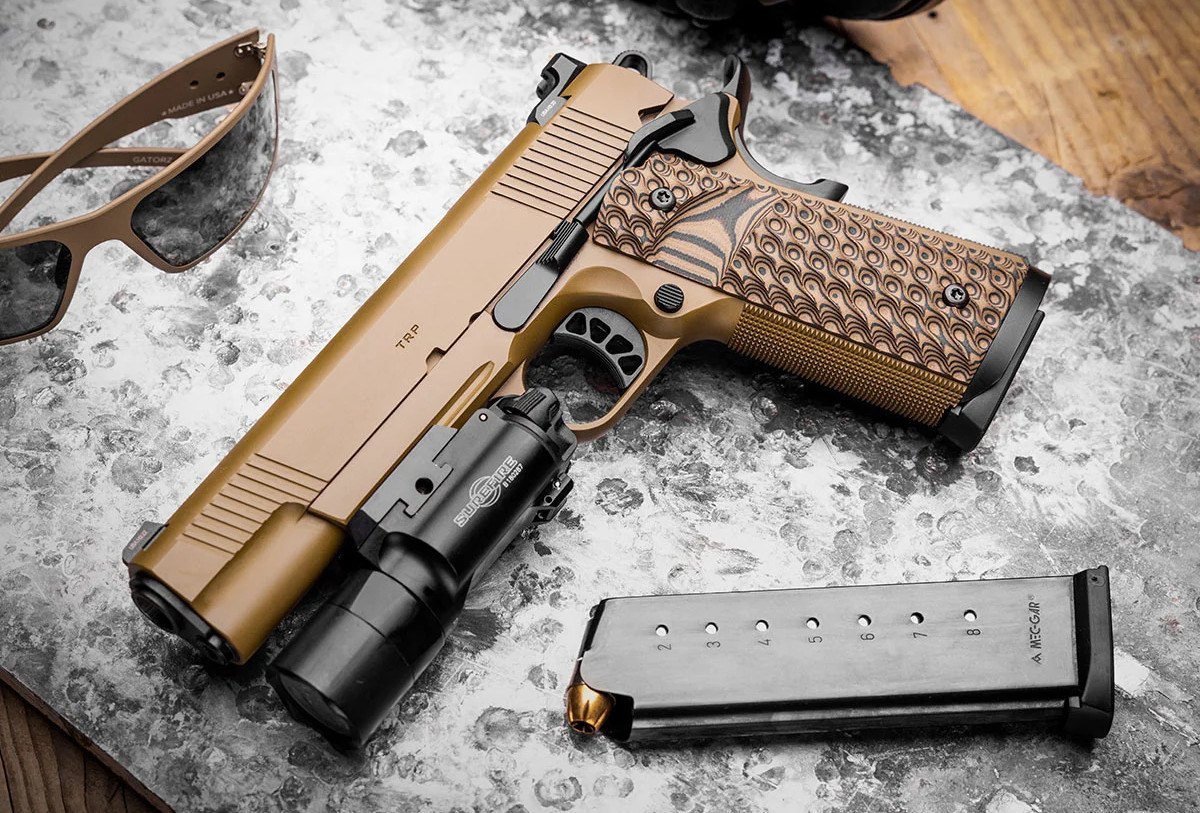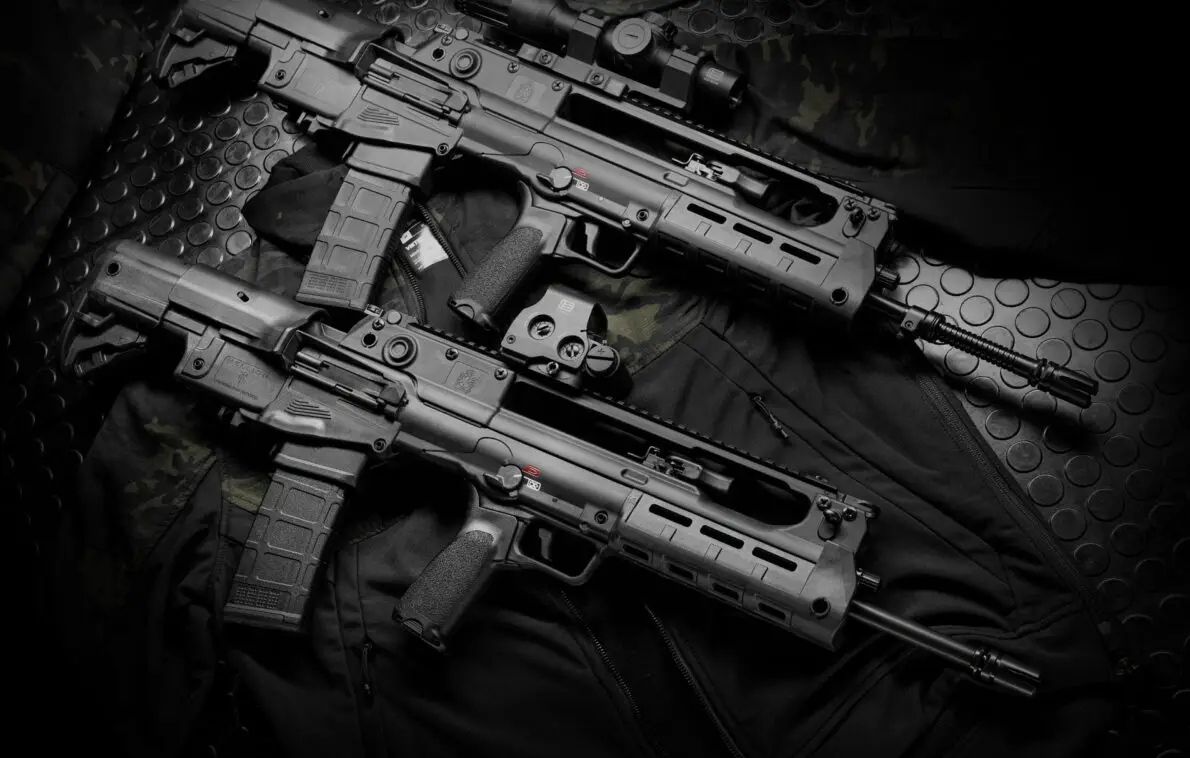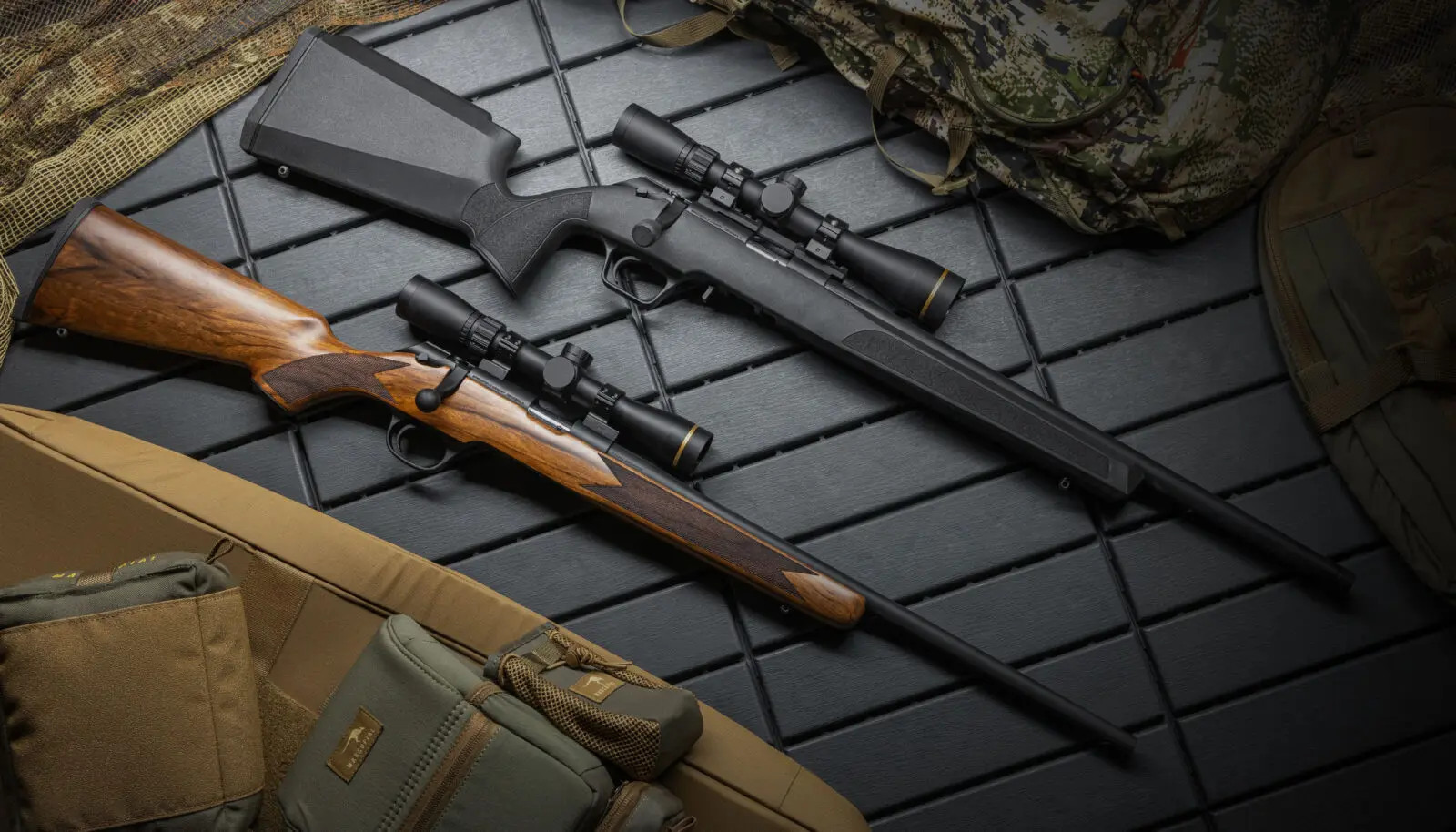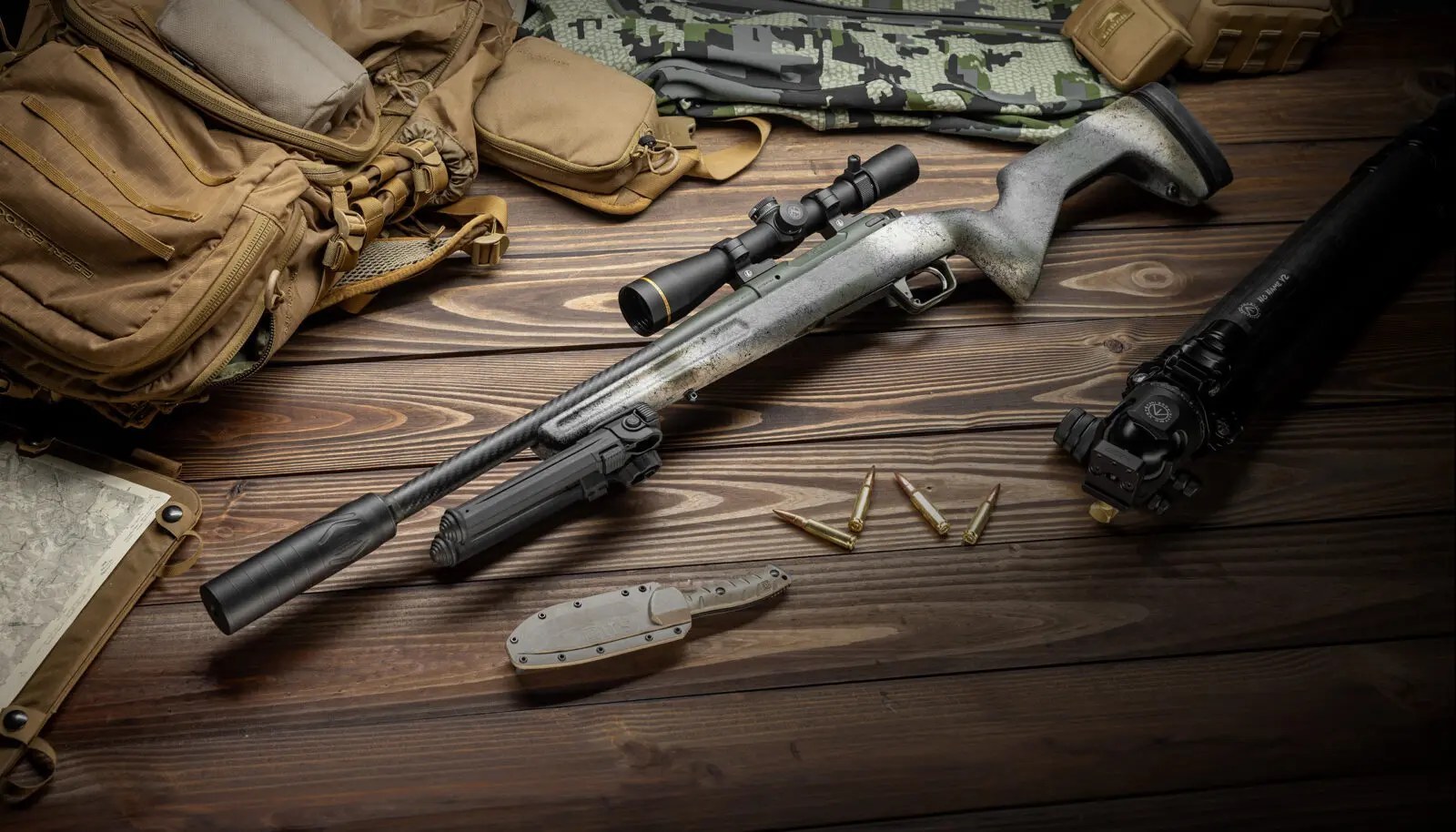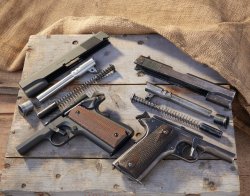
It is fascinating: in the gun industry, mentally hardly separable couplings such as "modern and successful," "new and better," or "advanced and more effective" function only with reservations. Why is a bolt-action rifle with a system from 1898 still in demand? Why is the 9mm Luger from 1902 still the world's best-selling pistol cartridge? Does Smith & Wesson continue to build its Model 10 from 1899 only because someone forgot to clear the production schedule? And why does the Colt M1911 platform, which is well over 100 years old, continue to hold its own in the same caliber? Are gun owners such concrete heads? No, it is rather the case that a truly sustainable value system takes hold here, even without recycling. That mostly only very careful and considered changes were introduced. And there seems to be a feeling among handgun users that suggests to them that this product is quite sufficient and will last for several generations if handled with care.


Conservative? Of course! There is little that stands out in terms of changes from the Colt M1911 to the M1911A1, except for the perfect finish on the Springfield Amory's gun and the tarnished bluing on the Colt Black Army. If you take both pistols in your hand without any prior information, you will not notice anything at first! Only on closer inspection do the differences become clear. The Springfield is a tighter fit. It can only be disassembled with a barrel bushing wrench, which is not included. The trigger pull is heavy, but with pleasantly crisp characteristics. One difference is immediately apparent: the Springfield has high-contrast three-dot sights, while the Colt from 1918 offers very filigree sights according to the ideas of the time. However, the specifications around 1918 did not provide for operational distances of more than ten meters. It was not until later generations that the twilight capability of the sights was enhanced with white dots.

The crux lies in the detail. It takes a rather contemplative engagement with both guns to determine the further differences: the small cutout in which the shooter's index finger rests on the Springfield, i.e. the A1 variant of the Colt M 1911. Only with some concentration is the haptic difference noticeable, but just as subtle as the slightly curved instead of straight hammer spring housing on the A1 or the more strongly contoured spur of the grip safety. Despite the somewhat rounded edges on the Colt grips, both guns can be held equally well or poorly, depending on the user's hand size or finger length. The difference in weight between the two pistols is only a few grams. Even the grip screws are the same; Springfield's new ones also sticks to the slot screws.
The Springfield M1911A1 shoots surprisingly well! Here we have the accuracy comparison to the classic Colt Black Army pistol
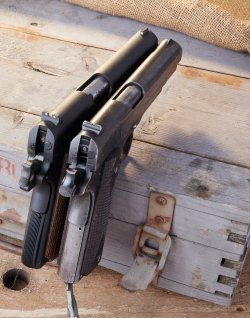
the fine sights of the Black Army. The Springfield sights would need to be changed for sport disciplines, however.
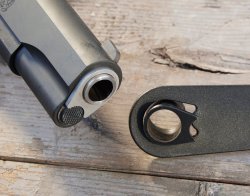
On the range, the Springfield surprised with no less than three groups good for the 2”/50-mm ten circle of the target. The high trigger pull weight did not hinder tight groups even when shooting off-hand, as the characteristics are very well defined. The sight picture is – with limitations due to the white dots and the lack of elevation adjustment – sufficiently rich in contrast even for sporting use. In precision shooting, the actual big difference to the Colt Black Army also becomes apparent: the latter also shot trouble-free with the cartridge types in this test. Out of the shooting machine, however, notoriously only 5.9” to 7.87” (150 to 200 mm) groups, without one variety standing out. Out of hand, it then becomes a complete disaster. The Colt Black Army's trigger does not require significantly less force to release, but it has a noticeably longer creepy travel. The tiny sights requires full concentration. As a reward for this effort, the group also lands on the target, about the size of DIN A4 paper sheet...
Springfield Armory M1911A1 specs and price
| Model: | Springfield Armory Model 1911A1 |
| Price: | $640 |
| Caliber: | .45 ACP |
| Magazine
Capacity: | 7 rounds |
| Dimensions
(L/W/H): | 218 x 34
x 132 mm |
| Barrel
Length: | 5”/127 mm |
| Twist
Ratio: | 1:16"
(approx. 406 mm) |
| Trigger
Pull Weight: | 4.63
lb/2100 g |
| Weight: | 39
oz/1144 grams |
| Features: | Parkerized,
white 3-dot sights, driftable rear sight, checkered wood grips, double-zippered
case, cable lock. |
Test wrap-up: the Springfield M1911A1 is classic, simple and good
More, or better less, is simply not possible. But it was not needed in 1918. And depending on the situation, not even today. Conclusion: climate-neutral. Sustainable. Recyclable. Stable in value and – oh! Weapons are evil! And as an example of what was technically possible in terms of many decades of durable products generations ago, not at all suitable. Because today, much more modern materials are used, plastics and so on. Let's see if this newfangled stuff made of polymer will last longer. After all, these models have "just" come on the market – almost 40 years ago.
What we liked: | What we liked less: |
| Tight
fits | Missing
barrel bushing tool |
| Better
sights than the original | |
| Top
accuracy | |
| Top
price/performance ratio |



